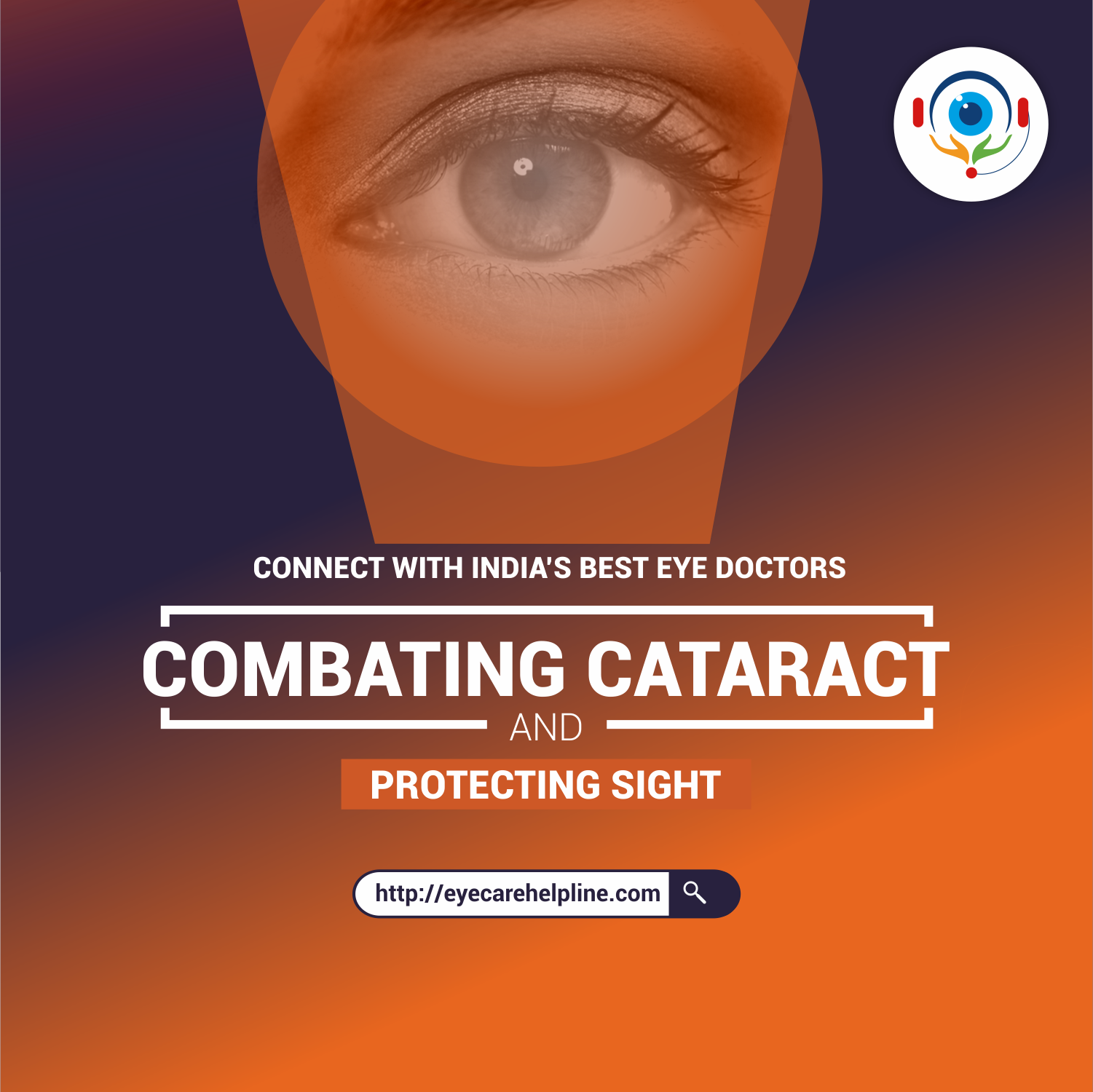- By: Dr. Akshaya Goyal
Describing a Cataract
The transparent structure located behind the pupil of the eye is the lens. When a cataract affects the eye, it clouds the lens and makes it less transparent.
A cataract prevents light rays from passing through the lens and focusing itself on the retina (tissue at the back of the eye).
A Unilateral Cataract is when one eye gets affected and Bilateral Cataract shows its effect on both the eyes.
Cataracts in Children
Cataracts are not very common among children. Some cataracts that affect children are small and don’t necessarily damage their vision. But others may be more progressive and can possibly lead to vision problems.
Types of Cataracts in Children
1. Congenital Cataract – When babies are born with cataracts, it is known as Congenital Cataract. This type of cataract can be unilateral or bilateral, but may not cause vision problems.
2. Secondary Cataract – This type of cataract is the direct result of an eye problem or an illness. Even usage of medicines like steroids can develop it.
3. Traumatic Cataract – If the child’s eye gets injured, it could lead to Traumatic Cataract. This type of cataract could occur immediately or a couple of years later.
4. Radiation Cataract - This type of cataract occurs on account of exposure to some types of radiation.
What Causes Cataracts among Children?
Below is a list of what causes childhood cataracts -
1. Poisoning
2. Diabetes
3. Steroid Use
4. Injury
5. Other Illnesses like Rheumatoid Arthritis
6. Complications from Other Eye Diseases like Glaucoma
7. Particular Genetic Problems like Downs Syndrome
Symptoms
Children who may have cataracts will not show the same symptoms. Also, symptoms of childhood cataracts may seem like those of other health problems. Listed below are the most common symptoms -
1. Cloudy/Blurry Vision
2. Misaligned Eyes
3. Nystagmus (uncontrolled rhythmic eye movements)
4. Problems with Vision
5. Halos around Objects
6. Lights Look Too Bright/ Have a Glare
7. Pupil that Looks White when a Flashlight Shines on it
If you notice any of these symptoms in your child, get your child diagnosed at the earliest.
Methods Used to Diagnose Childhood Cataracts
When you take your child to the doctor for diagnosis, the doctor will first have a look at your child’s medical history and then conduct any of the following tests -
1. Pupil Dilation - During this test, the doctor will put eye drops into your child’s eyes. Eye drops dilate or widen the pupils, allowing the doctor to get a close-up view of the lens, optic nerve and retina. This will further help the doctor check for signs of any eye problems or damage that may exist.
2. Visual Acuity Test - An eye chart test will help examine your child’s ability to see from various distances.
Treatment of Cataracts
Visually insignificant cataract is normally observed for progression and visually significant cataract is treated with surgery. Your child’s treatment will depend on the following factors -
1. Age
2. General Health
3. Symptoms
4. Severity of the Condition
5. Type of Cataract
In particular cases, children may need to wear contact lenses or glasses; enabling your child to have better vision. Children above the age of 1 will have to undergo a cataract removal surgery and get a new lens inserted.
Takeaway
Childhood cataract is a very rare occurrence. In case you do notice symptoms, get your child’s eyes diagnosed as soon as possible. If left untreated, it could lead to blindness.


